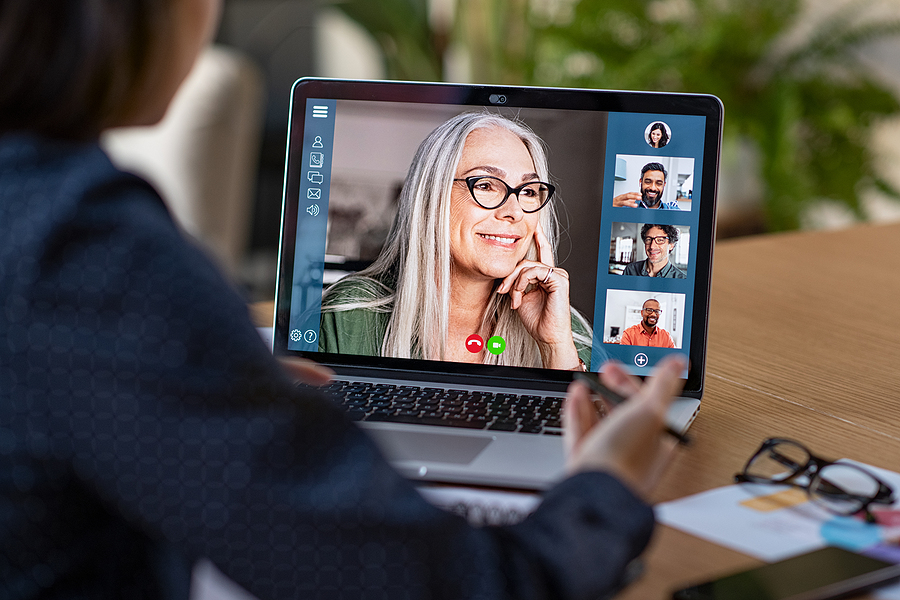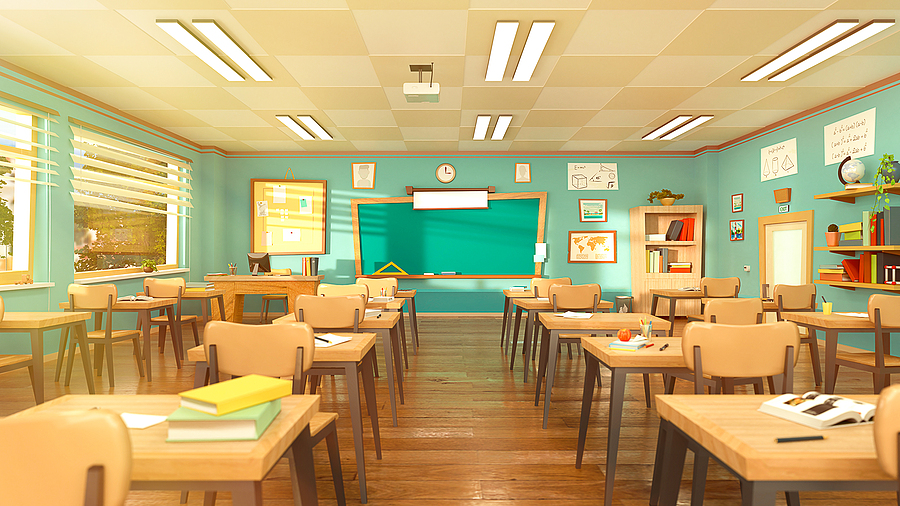No industry has been untouched by the COVID-19 pandemic and that includes education. Around the world, over 1.2 billion children were sent home as the result of schools closing due to the coronavirus. But as summer comes to an end, schools and colleges will begin to reopen. However, it’s safe to say that getting an education is going to look a little different this school year.
Across the country, teachers, administrators, and beyond have spent months trying to figure out what school is going to look like. From primary schools to university campuses, reverting back to normal is not an option. In order to keep students and staff safe, preventing transmission of the virus is paramount.
Bob Sherman is a finance professor at the University of Connecticut. He knows firsthand how the pandemic has affected the education sector and how it is likely to continue to do so for the foreseeable future. Many teachers and professors, including himself, got a taste of what teaching during a global pandemic looked like last spring. In mid-March, many schools across the country had closed their doors, forcing the remainder of the school year to be taught virtually. While the sector as a whole has had the summer months to better prepare for the year ahead, there are still many questions that remain. One of the key questions is how exactly the pandemic will affect teaching and protocols at learning institutions.
Transition to Online Learning
At this point, the transition to at least partial online learning is pretty much a guarantee. Critics of virtual learning have become fewer and far between as the global pandemic has made e-learning a necessity if we wish to protect the health of our children. That said, it doesn’t mean that the transition to online learning will be seamless, asserts Bob Sherman. As we witnessed in the spring, some educational institutions, not to mention educators themselves, were much better poised to switch to this form of remote learning, while others seriously struggled, to the disadvantage of the students. Although one major, long-lasting impact of COVID on education will likely be that it makes e-learning commonplace, there will still be some serious hurdles to overcome.
Bob Sherman on the Pros and Cons of Online Learning
According to Bob Sherman, there are some major pros to online learning. For example, studies have shown that e-learning improves retention, can be more affordable, provides flexibility, and is more convenient (for some students). However, as with anything, there are also several cons that need to be addressed by the system early on. Lack of social interaction is a major con, as social interaction is critical to the emotional and mental development of young people. While it may factor in less for college students, having no in-person contact with others while in primary, middle, or high school, may have a detrimental effect on the social skills of future generations.
Secondly, a transition to e-learning at first seems like a much more convenient and flexible option for many households. But this really only applies to middle or upper class households that have easy access to the technology required to make remote learning a possibility. It also only applies to households with young children where at least one parent is able to be at home with the child all day. The reality is that these are two factors that aren’t always possible, meaning that e-learning may be more of a burden than a gift for many students. Without a reliable internet connection or a computer, for example, it will make e-learning extremely difficult if not altogether impossible. Thus, Bob Sherman claims that in order for students of all backgrounds to continue to succeed in school, the system needs to be able to address these disparities.
Health and Safety Measures
The other consideration when it comes to education is what reopening schools will look like. Even if a certain percentage of teaching is done online, most schools will still open their doors to at least a handful of staff and students. But what will this look like, exactly? What sort of health and safety measures will be in place to prevent the spread of the virus?
Bob Sherman claims that each and every single school will need to evaluate its physical infrastructure, behavioral policies, scheduling and staffing, and transportation and food services. Examples of new health and safety policies in each of these categories include designated entrances and exits for different grades or classes, sectioned off common areas, and floor markings to direct the flow of traffic and to remind students of the mandatory distance that must remain between them. Hand sanitizing stations should also become commonplace and when possible, schools should adopt no-touch bathrooms and upgraded ventilation systems. Further, the number of people in any school at a given time is a major issue that still needs to be resolved. As it stands, most schools do not have enough empty space or staff to reduce class sizes and spread students out throughout the school. Thus, one possible option is to have student cohorts that do a combination of online and in-person learning, coming into the school on a rotating basis. Another option for high schools is to have the students stay put in the same classroom all day, with the teachers being the ones who rotate, going from class to class to teach their respective subject.
Bob Sherman asserts that there are also possible measures to improve transportation and food service, but they will be costly. For example, having more buses and bus routes would be key to preventing overcrowding on transit. However, this will also mean more drivers and of course, more money spent on sanitizing the buses between uses. Food service will be tricky, as even with pre-boxed lunches and staggered lunch times, it will be difficult to maintain social distancing. Examples of behavioral policies that schools could implement include mandatory masks, daily temperature checks, frequent handwashing, and enhanced cleaning. However, some of these, such as mask wearing, may be difficult to enforce, while others may not be financially viable, such as purchasing a contactless thermometer for your school, notes Bob Sherman. Another necessity will be creating a dedicated quarantine space for any students who exhibit a fever. This will be especially important as coronavirus tests are in short supply. Ideally, every school will have access to at least a handful, but it likely won’t be nearly enough.
Image Source: BigStock.com (Licensed)
Related Categories: Education, Reviews








